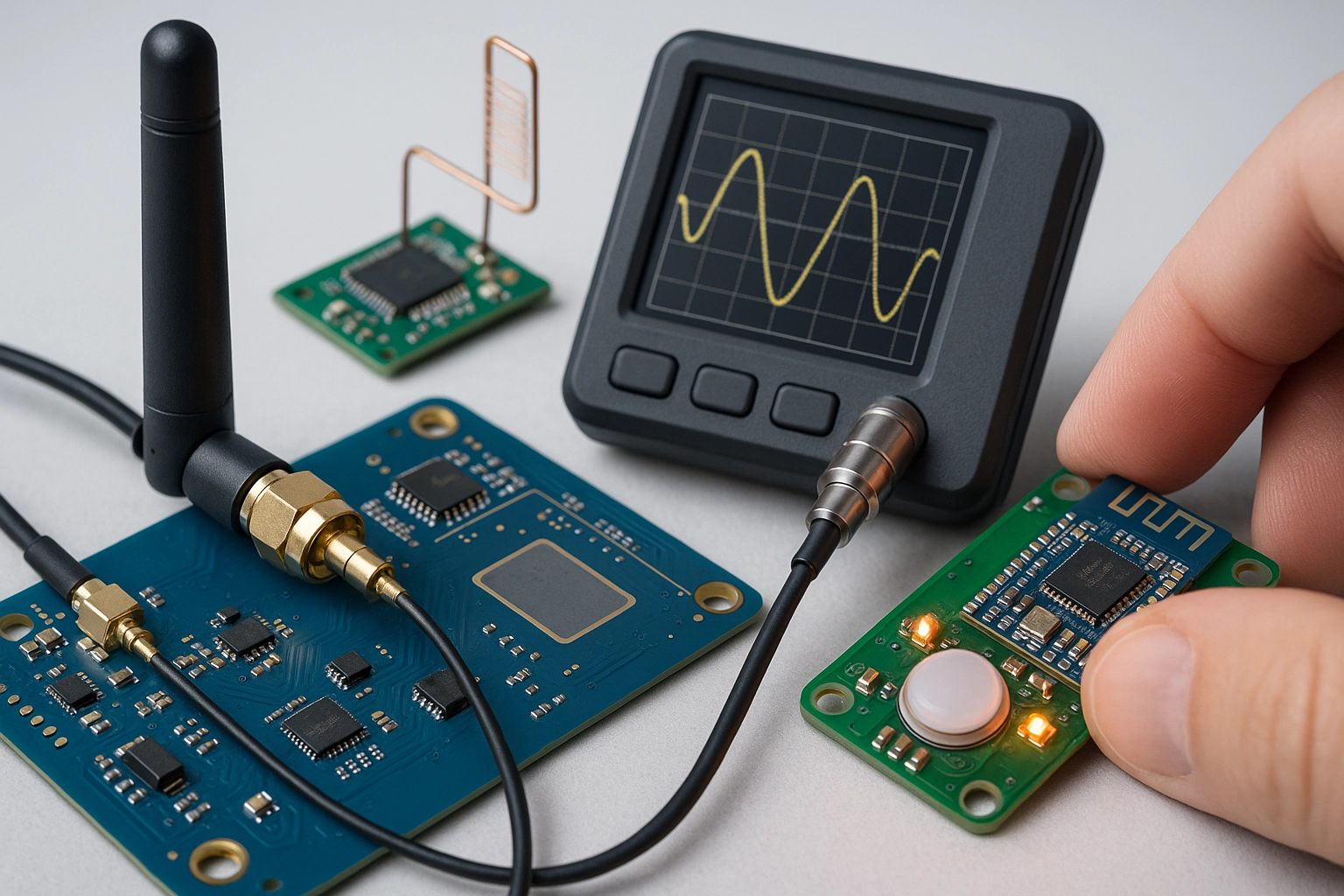ISO 21217 Intelligent Transport Systems Station Access Testing
The ISO 21217 standard pertains to the intelligent transport systems (ITS) station access testing, which is a critical component in ensuring interoperability and safety within ITS networks. This service ensures that all devices adhering to the protocol can communicate seamlessly with each other, facilitating smoother operation of traffic management systems, tolling stations, and various other ITS applications.
ITS station access testing involves several key aspects, including security protocols, data integrity checks, and compatibility validation among different systems. The process aims to ensure that devices comply with the requirements specified in ISO 21217, thereby enhancing overall system reliability and reducing the risk of operational failures or security breaches.
Our laboratory adheres strictly to international standards such as ISO 21217 when performing these tests. We utilize state-of-the-art equipment and methodologies to simulate real-world conditions under which ITS devices operate, ensuring that the testing environment closely mirrors actual deployment scenarios. This approach helps identify potential issues early on, allowing for corrective measures before any system goes live.
The scope of our ISO 21217 Intelligent Transport Systems Station Access Testing includes:
- Protocol conformance checks
- Data transmission integrity verification
- Security protocol validation
- Compatibility testing between different ITS components
- Error handling and recovery procedures assessment
- Performance evaluation under various environmental conditions
To prepare specimens for testing, we follow stringent guidelines provided by ISO 21217. This involves setting up mock environments that replicate typical ITS deployment settings, including specific configurations of network infrastructure, hardware setups, and software versions.
The testing process itself requires precise calibration of our instruments to ensure accurate measurement results. Each test case is meticulously documented, providing detailed insights into the performance metrics achieved by the tested devices.
| Test Parameter | Description |
|---|---|
| Data Transmission Rate | Measures how fast information can be transferred across the network without loss or corruption. |
| Error Detection and Correction Capability | Evaluates the ability of a system to detect errors in data transmission and correct them accordingly. |
| Security Breach Vulnerability Assessment | Determines if there are any weaknesses in the security protocols that could be exploited by malicious actors. |
| Network Latency | Assesses delays between sending and receiving data packets, ensuring minimal impact on real-time operations. |
Through rigorous testing procedures outlined in ISO 21217, we aim to provide our clients with comprehensive assurance that their ITS station access solutions meet the highest industry standards. By leveraging this expertise, organizations can trust that they are deploying robust and reliable systems capable of meeting current and future demands.
Industry Applications
The ISO 21217 Intelligent Transport Systems Station Access Testing finds extensive applicability across various sectors including transportation, urban planning, logistics, and public safety. Here are some specific areas where this testing is crucial:
- Toll road operators need to ensure seamless interoperability between toll booths and vehicles equipped with ITS technologies.
- Urban planners benefit from accurate assessments of how well different ITS components work together in smart city initiatives.
- Logistics companies can improve efficiency by verifying the performance of their fleet management systems using standardized tests.
- Public safety agencies rely on reliable communication networks provided through robust ITS infrastructure to coordinate emergency responses effectively.
In all these scenarios, ensuring compliance with ISO 21217 helps maintain consistent standards across various stakeholders involved in ITS projects. This consistency not only enhances overall system reliability but also fosters trust among users who depend on these technologies for critical functions.
Our laboratory supports a wide range of clients ranging from small startups to large multinational corporations within the automotive industry. By offering comprehensive testing services aligned with international standards like ISO 21217, we help our customers achieve their goals efficiently and effectively.
Eurolab Advantages
At Eurolab, we pride ourselves on delivering unparalleled quality in all aspects of our services. Here’s why choosing us for ISO 21217 Intelligent Transport Systems Station Access Testing is beneficial:
- State-of-the-art facilities: Equipped with cutting-edge technology and advanced testing equipment tailored specifically for ITS applications.
- Experienced professionals: Our team comprises highly skilled engineers who have extensive experience in both theoretical knowledge and practical implementation of ITS solutions.
- Comprehensive support: From initial consultation to final report generation, we offer full-cycle assistance ensuring smooth project execution.
- Prompt delivery: Thanks to our efficient workflow management practices, results are delivered swiftly without compromising on accuracy or thoroughness.
- Cost-effective solutions: By optimizing resource utilization and leveraging economies of scale, we ensure that high-quality testing remains accessible even for smaller budgets.
- Client satisfaction guarantee: We maintain excellent relationships with our clients through transparent communication channels and prompt issue resolution processes.
We understand the importance of timely and accurate information when dealing with complex ITS projects. That’s why we strive to provide reliable data that can be trusted by all parties involved in these endeavors.
Use Cases and Application Examples
The ISO 21217 Intelligent Transport Systems Station Access Testing has numerous practical applications across diverse fields. Below are some real-world examples illustrating its significance:
- Toll Road Integration: Ensuring that all vehicles passing through toll booths communicate properly with the station’s IT systems.
- Smart Parking Solutions: Verifying how well different parking management systems interact with each other within an integrated smart city framework.
- Fleet Management Systems: Evaluating the effectiveness of fleet tracking and monitoring applications used by logistics companies.
- Emergency Response Coordination: Assessing the reliability of communication networks employed during large-scale evacuations or disaster recovery operations.
In each case, compliance with ISO 21217 ensures that these systems function correctly and securely, enhancing user experience while reducing operational risks. Our laboratory plays a vital role in supporting such initiatives by providing expert testing services based on international best practices.





